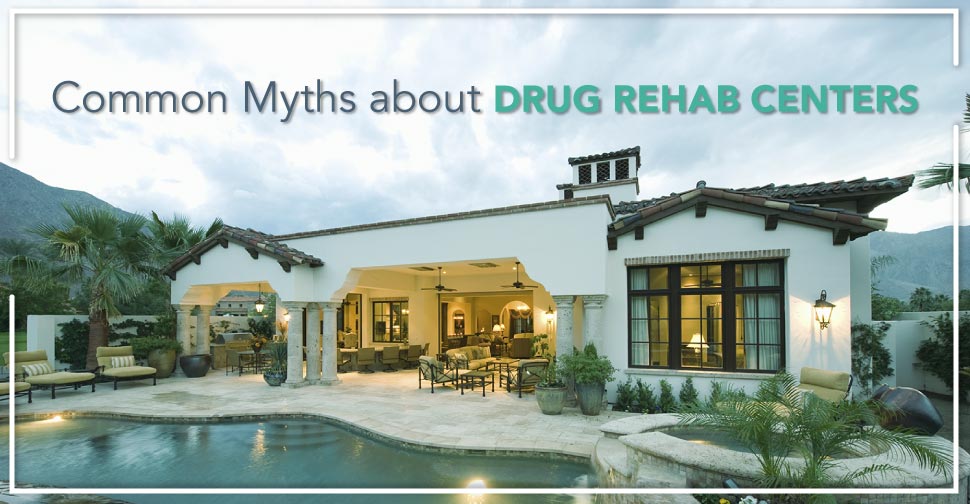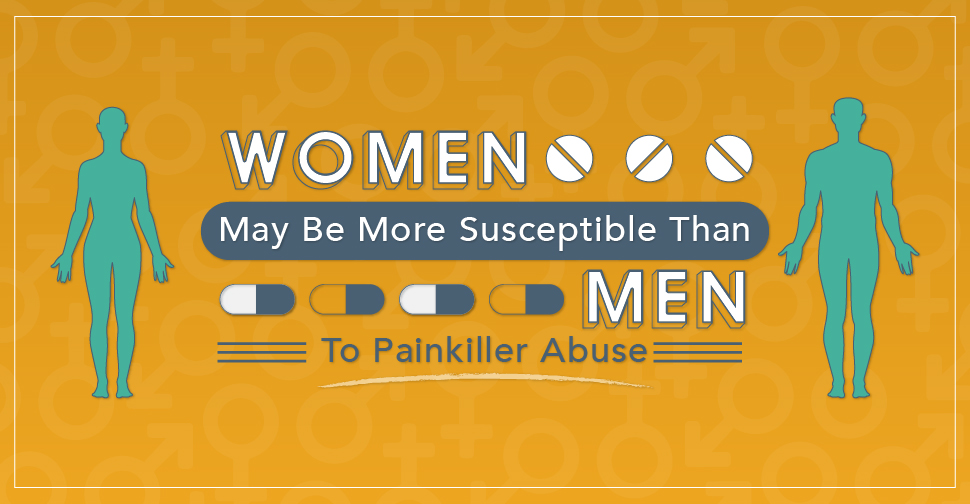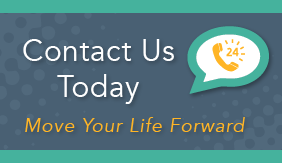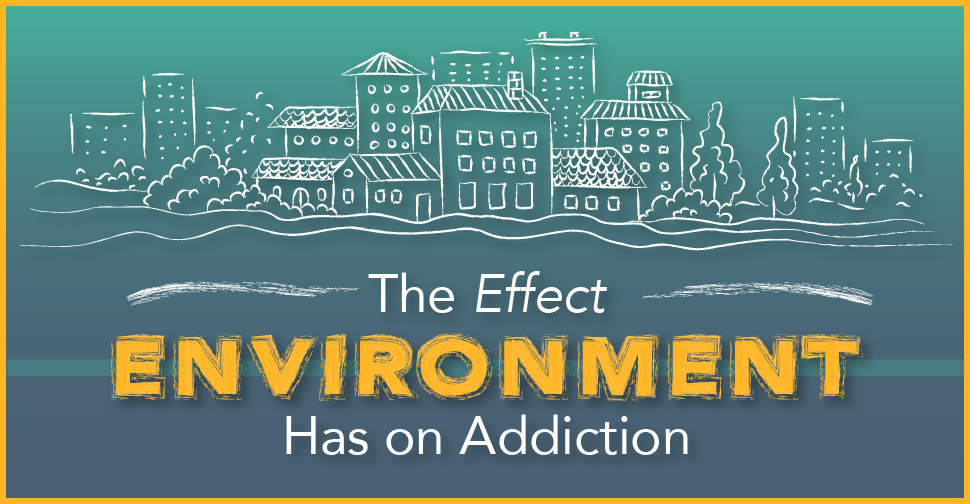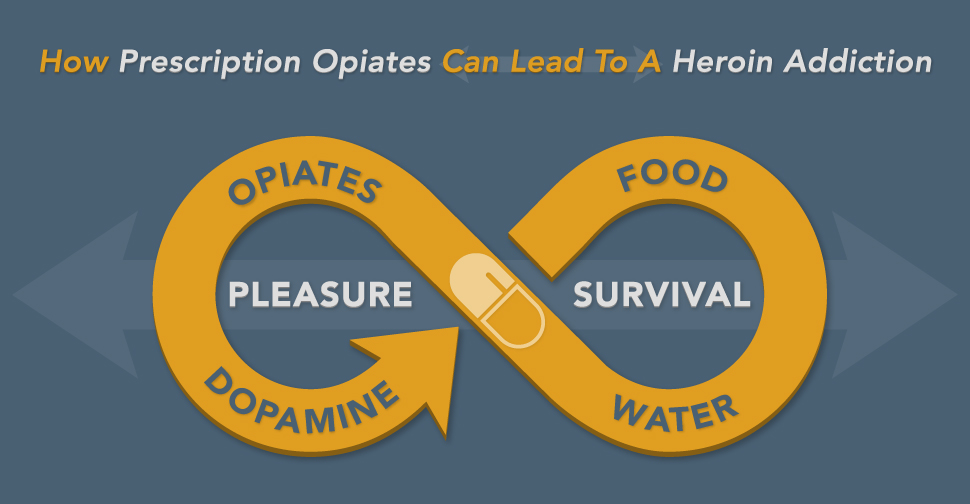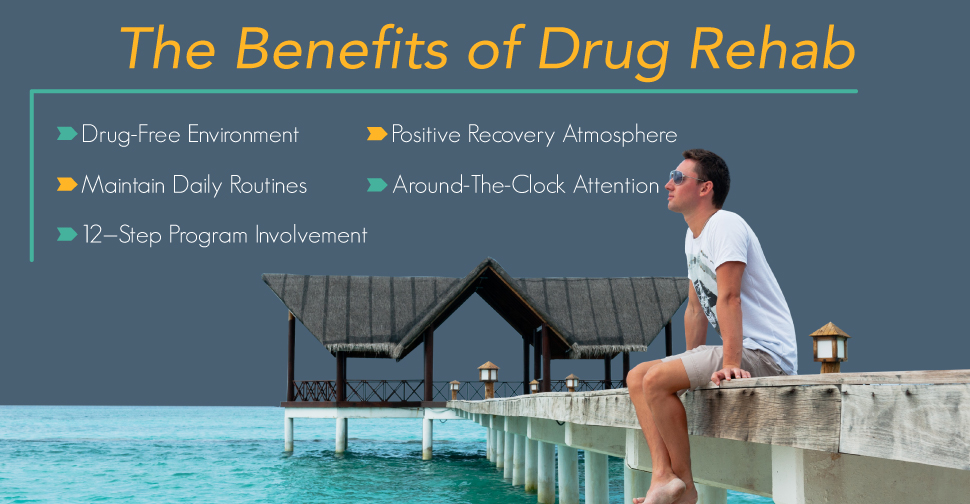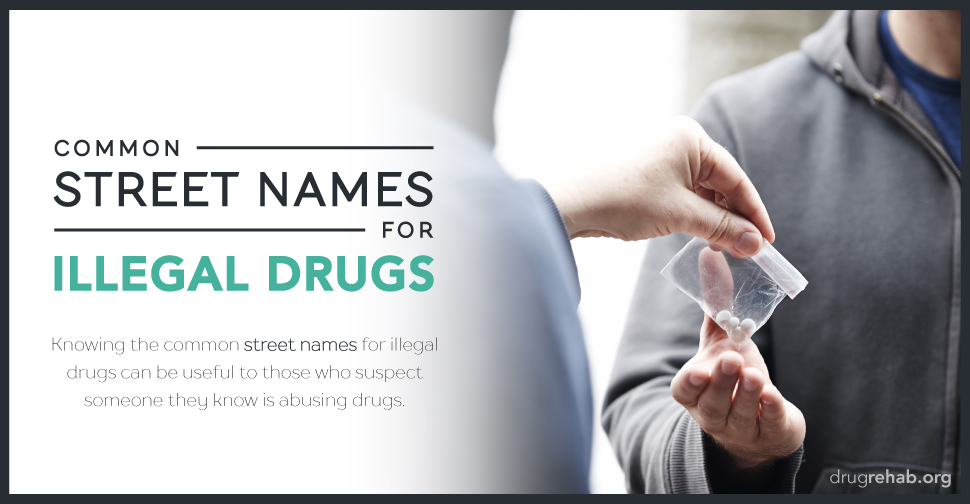
Illegal drugs sold on the street are often marketed or discussed under different names. These code names were devised to dissuade authorities (such as parents, police officers, or others) from evidence of drug abuse. Knowing the common street names for illegal drugs can be useful to those who suspect someone they know is abusing drugs. Treatment for illegal drug abuse or addiction requires comprehensive healing plans and professional support.
Have you ever heard a drug called by a name that’s unrelated to the drug itself? Or, maybe you suspect someone you know is abusing drugs, but aren’t sure and would like to find out.
Knowing the common street names for illegal drugs can help you learn how drugs are regarded on the street—sometimes the street name hints at the drug’s intended effects. An overview of street names for drugs can also help you identify them in conversation if someone close to you is at risk of abusing them.

The best recourse for abuse of drugs, and addiction to them, is treatment. DrugRehab.org can connect you with the resources necessary to find treatment that works for you or your loved one.
Why Street Names?
In simple terms, street names were developed for common use in conversation about illegal drugs. What do you do if you don’t want authorities, parents, teachers or others to know about drug abuse? You speak in a sort of code.

Some street names may have entered mainstream vernacular (everyday language). Others are used mostly by those abusing or trafficking drugs. Either way, if you suspect someone you know is abusing illegal drugs, it can be useful to know the everyday names for them.
Common Street Names
- Aunt Nora
- Bernice
- Binge
- Blow
- Bump
- C
- Candy
- Charlie
- Coke
- Dust
- Flake
- Mojo
- Nose Candy
- Paradise
- Rock
- Sneeze
- Sniff
- Snow
- Toot
- White
- 24-7
- Apple jacks
- Badrock
- Ball
- Base
- Beat
- Candy
- Chemical
- Cloud
- Cookies
- Crack
- Crumbs
- Crunch and munch
- Devil drug
- Dice
- Electric kool-aid
- Fat bags
- French fries
- Glo
- Gravel
- Grit
- Hail
- Hard ball
- Hard rock
- Hotcakes
- Ice cube
- Jelly beans
- Kryptonite
- Nuggets
- Paste
- Piece
- Prime time
- Product
- Raw
- Rock(s)
- Rockstar
- Roxanne
- Scrabble
- Sleet
- Snow coke
- Sugar block
- Topo (Spanish word)
- Tornado
- Troop
Depressants (prescription sedatives)
- Barbs
- Phennies
- Red birds
- Reds
- Tooies
- Yellow jackets
- Yellows
- Rohypnol (AKA Flunitrazepam):
- Circles
- Date rape drug
- Forget pill
- Forget-me pill
- La Rocha
- Lunch money
- Mexican Valium
- Mind eraser
- Pingus
- R2
- Reynolds
- Rib
- Roach
- Roach 2
- Roaches
- Roachies
- Roapies
- Rochas Dos
- Roofies
- Rope
- Rophies
- Row-shay
- Ruffies
- Trip-and-fall
- Wolfies
- Other names for Benzodiazepines:
- Benzos
- Candy
- Downers
- Sleeping pills
- Tranks
Sleep medications:
- Forget-me pills
- Mexican valium
- R2
- Roche
- Roofies
- Roofinol
- Rope
- Rophies
Hallucinogens
Ketamine:
- Cat Valium
- Green
- K
- Jet
- Special K
- Super acid
- Super C
- Vitamin K
LSD:
- Acid
- Battery acid
- Blotter
- Bloomers
- Blue heaven
- California Sunshine
- Cid
- Cubes
- Doses
- Dots
- Golden dragon
- Heavenly blue
- Hippie
- Loony toons
- Lucy in the sky with diamonds
- Microdot
- Pane
- Purple Heart
- Superman
- Tab
- Window pane
- Yellow sunshine
- Zen
Mescaline (AKA Peyote):
- Buttons
- Cactus
- Mesc
PCP:
- Angel dust
- Boat
- Hog
- Love boat
- Peace pill
Psilocybin:
- Little smoke
- Magic mushrooms
- Purple passion
- Shrooms
Ecstasy (aka MDMA):
- Adam
- Beans
- Cadillac
- California sunrise
- Clarity
- E
- Essence
- Elephants
- Eve
- Hug
- Hug drug
- Love drug
- Love pill
- Lover’s speed
- Molly
- Peace
- Roll
- Scooby snacks
- Snowball
- Uppers
- X
- XE
- XTC
Heroin
Inhalants
- Air blast
- Ames
- Amys
- Aroma of men
- Bolt
- Boppers
- Bullet
- Bullet bolt
- Buzz bomb
- Discorama
- Hardware
- Heart-on
- Hiagra-in-a-bottle
- Highball
- Hippie crack
- Huff
- Laughing gas
- Locker room
- Medusa
- Moon gas
- Oz
- Pearls
- Poor man’s pot
- Poppers
- Quicksilver
- Rush snappers
- Satan’s secret
- Shoot the breeze
- Snappers
- Snotballs
- Spray
- Texas shoe shine
- Thrust
- Toilet water
- Toncho
- Whippets
- Whiteouts
Khat:
- Abyssinian tea
- African salad
- Catha
- Chat
- Kat
- Oat
Kratom:
- Biak-biak
- Herbal speedball
- Ketum
- Kahuam
- Ithang
- Thom
- Astro Yurf
- Bhang
- Blunt
- Bud(s)
- Blaze
- Dagga
- Dope
- Dry high
- Ganja
- Grass
- Green
- Hemp
- Herb
- Home grown
- J
- Joint
- Mary Jane
- Pot
- Puff
- Reefer
- Roach
- Sinsemilla
- Skunk
- Smoke
- Texas tea
- Trees
- Weed
- White widow
- Boom, Chocolate, Gangster, Hash, Hemp
Methamphetamine
- Beanies
- Brown
- Crank
- Chalk
- Chicken feed
- Cinnamon
- Crink
- Crypto
- Crystal
- Fire
- Get go
- Glass
- Go fast
- Ice
- Meth
- Methlies quick
- Mexican crack
- Redneck cocaine
- Speed
- Tick tick
- Tweak
- Wash
- Yellow powder
Crystal meth:
- Batu, blade, cristy, crystal, crystal glass, glass, hot ice, ice, quartz, shabu, shards, stove top, Tina, ventana
Over-the-counter drugs
- CCC
- DXM
- Poor man’s PCP
- Robo
- Robotripping
- Skittles
- Triple C
Prescription opioids (AKA Painkillers)
- Captain Cody
- Cody
- Doors and fours
- Lean
- Loads
- Pancakes and syrup
- Purple drank
- Schoolboy
- Sizzurp
- Apache
- China girl
- China white
- Dance fever
- Friend
- Goodfella
- Jackpot
- Murder 8
- Tango and Cash
- TNT
- Hydrocodone or Dihydrocodeinone:
- Vike
- Watson 387
- D
- Dillies
- Footballs
- Juice
- Smack
Meperidine:
- Demmies
- Pain Killer
- Amidone
- Fizzies
- (Mixed with MDMA) Chocolate chip cookies
Morphine:
- M
- Miss Emma
- Monkey
- White stuff
Oxycodone:
Oxymorphone:
- Biscuits
- Blue heaven
- Blues
- Heavenly blues
- Mrs. O
- O bombs
- Octagons
- Stop signs
Prescription Stimulants
Amphetamine (Adderall, Benzedrine):
Methylphenidate (Concerta, Ritalin):
- Diet coke
- JIF
- Kiddie cocaine
- Kiddie coke
- MPH
- Poor man’s cocaine
- R-ball
- Skippy
- Skittles
- Smarties
- The Smart Drug
- Vitamin R
Synthetic Drugs
Synthetic Marijuana:
- K2
- Spice
Synthetic stimulants (AKA Bath Salts):
- Arctic blasts
- Aura
- Avalance or Avalanche
- Bliss
- Blizzard
- Bloom
- Blue silk
- Bolivian bath
- Cloud nine
- Cotton cloud
- Drone
- Dynamite or Dynamite plus
- Euphoria
- Glow stick
- Hurricane Charlie
- Ivory snow
- Ivory wave or Ivory wave ultra
- Lunar wave
- Mexxy
- Mind change or Mino Charge
- Monkey dust
- Mystic
- Natural energy powder
- Ocean snow
- Purple wave
- Quicksilver
- Recharge
- Red dawn
- Red dove
- Rock on
- Rocky Mountain High
- Route 69
- Sandman Party Powder
- Scarface
- Sextasy
- Shock wave
- Snow day
- Snow leopard
- Speed freak miracle
- Stardust
- Super coke
- Tranquility
- UP energizing or UP Supercharged
- Vanilla Sky
- White burn
- White China
- White dove
- White lightning
- White rush
- White Sands
- Wicked X or XX
- Zoom
Treatment For Addiction To Drugs
Reading this list, you may feel a bit overwhelmed at the possibility of addiction in our nation and elsewhere. The important thing to remember is that treatment for illegal drug abuse and addiction is ever-growing.
In fact, treatment for addiction in recent decades has improved. The National Institute on Drug Abuse (NIDA) states, “most people who get into and remain in treatment stop using drugs, decrease their criminal activity, and improve their occupational, social, and psychological functioning.”
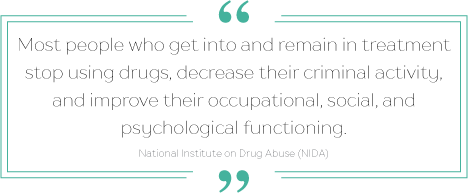
Treatment works, and getting to treatment could make a vast difference in your life. Methods of treatment are changing, focusing on healing a person as a whole—mind, body, and spirit—rather than just targeting symptoms of addiction.
How To Get Help With Addiction
If you or someone you know is addicted to illegal drugs, you may be uncertain about the next step. You can find help and the treatment you need with our help. Contact us today at DrugRehab.org, and we will help you find a rehab center that fits your needs with a treatment plan that suits your specific goals.
For More Information Related to “Common Street Names For Illegal Drugs” Be Sure To Check Out These Additional Resources From DrugRehab.org:
- What is “Freebase Cocaine”?
- Methamphetamine Withdrawal Symptoms
- How Long Does Methamphetamine Stay In Your System?
- Tranquilizer Abuse and Addiction
- The Psychological Effects Of Methadone
Sources
Drug Free World—The Drug Facts
National Institute On Drug Abuse—Commonly Abused Drug Charts
National Institute On Drug Abuse—DrugFacts: Heroin


